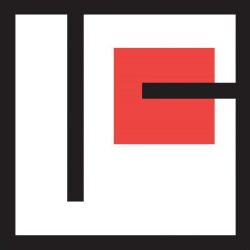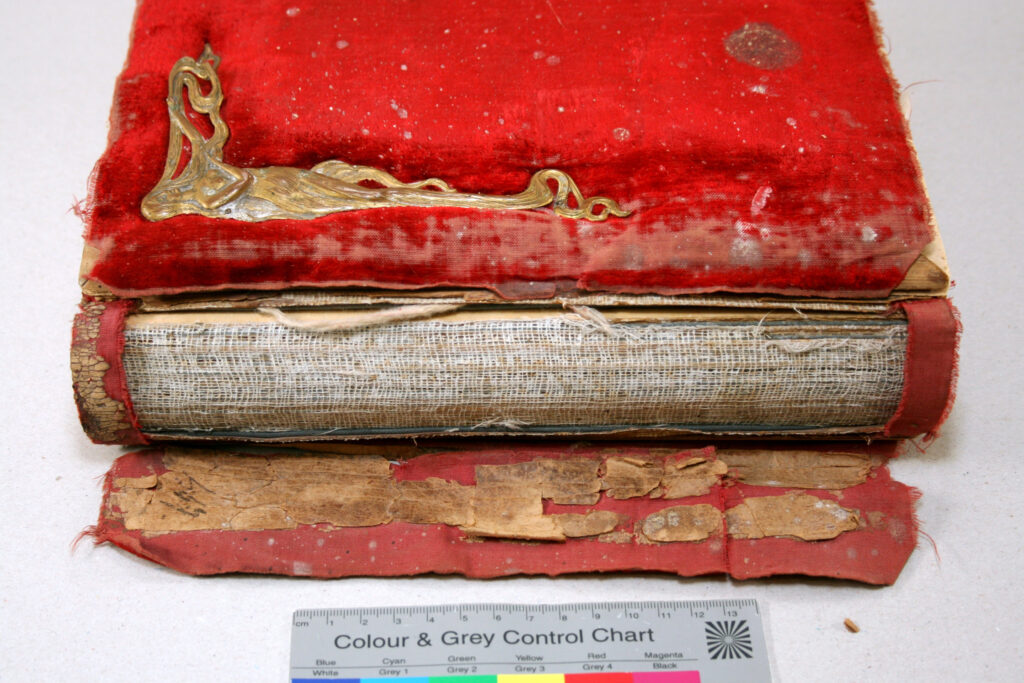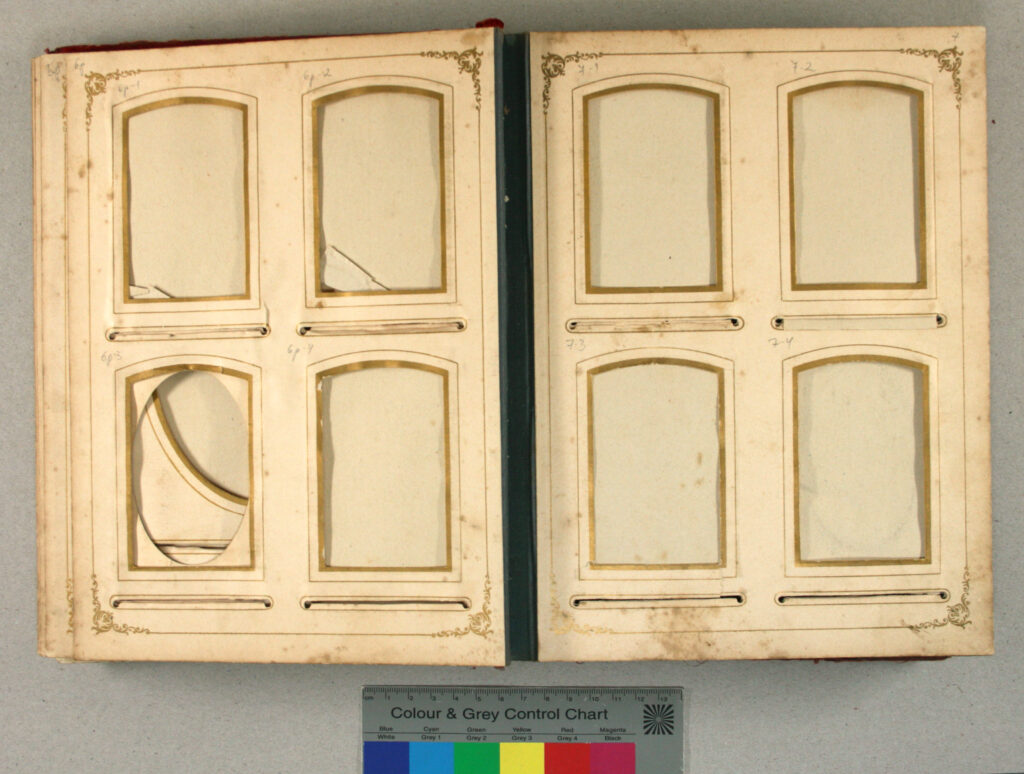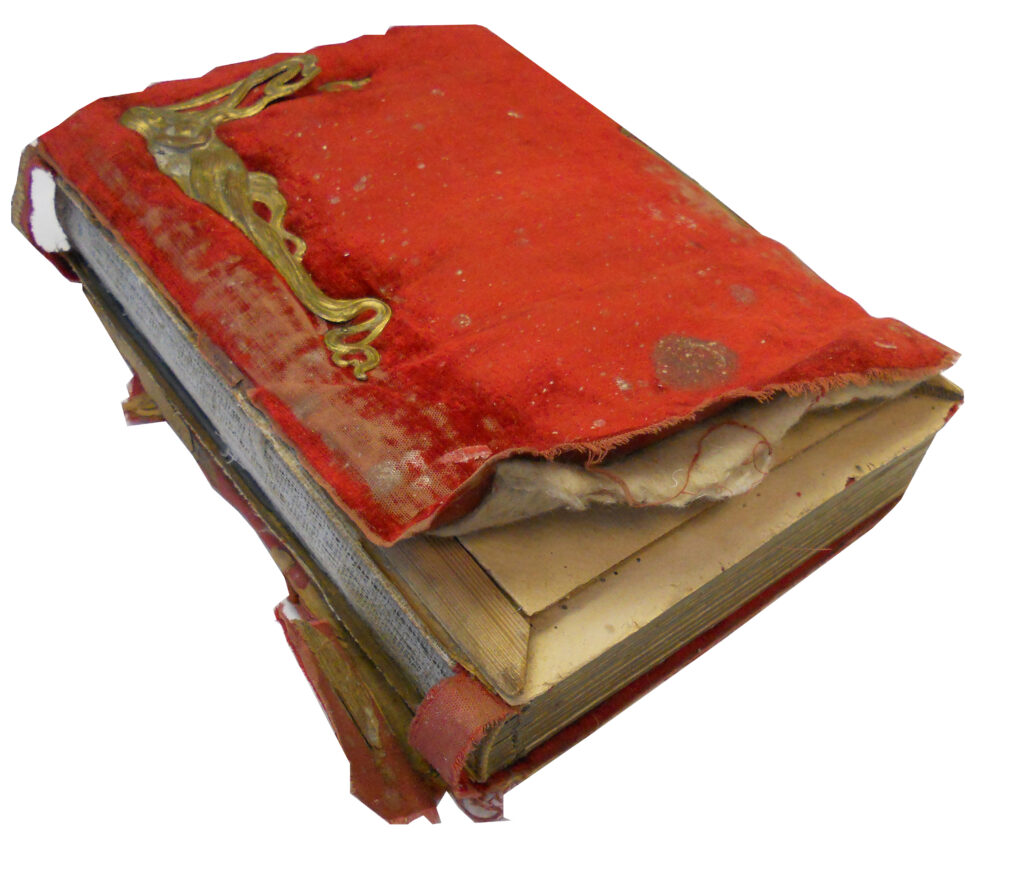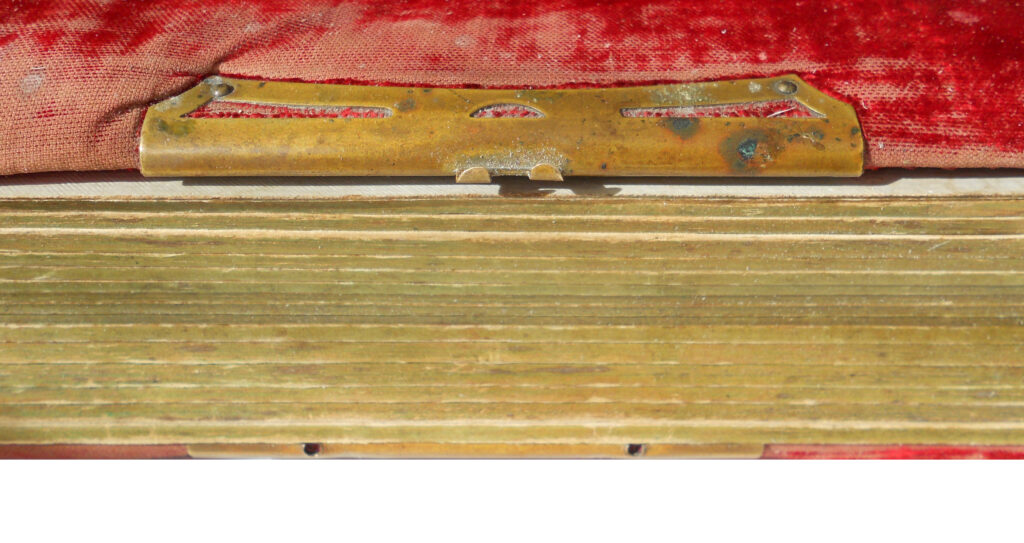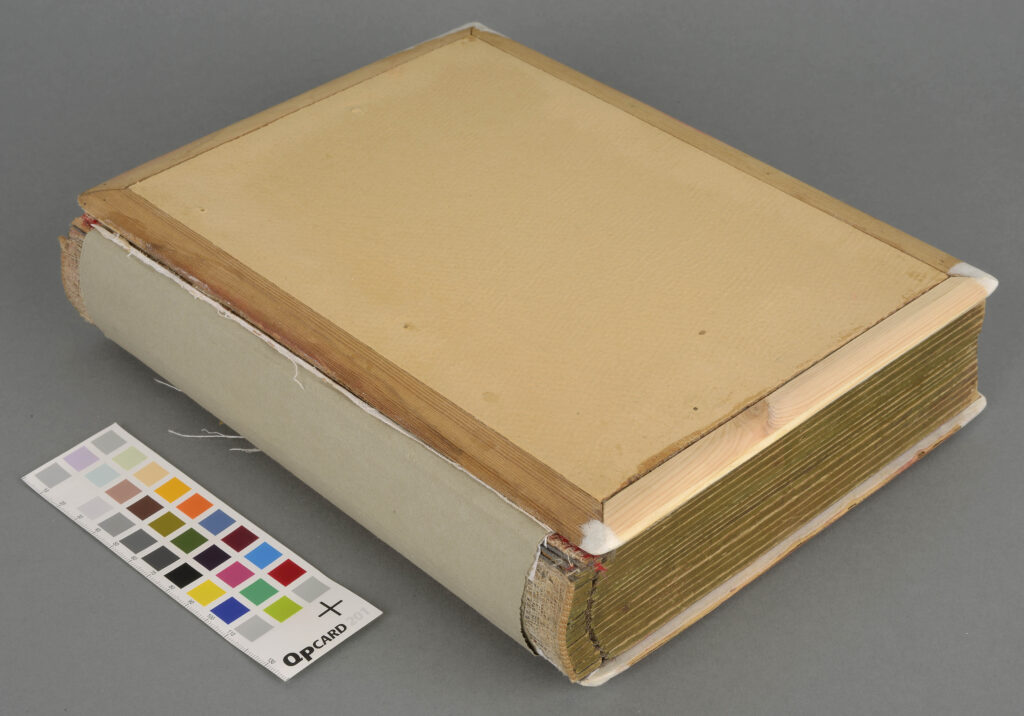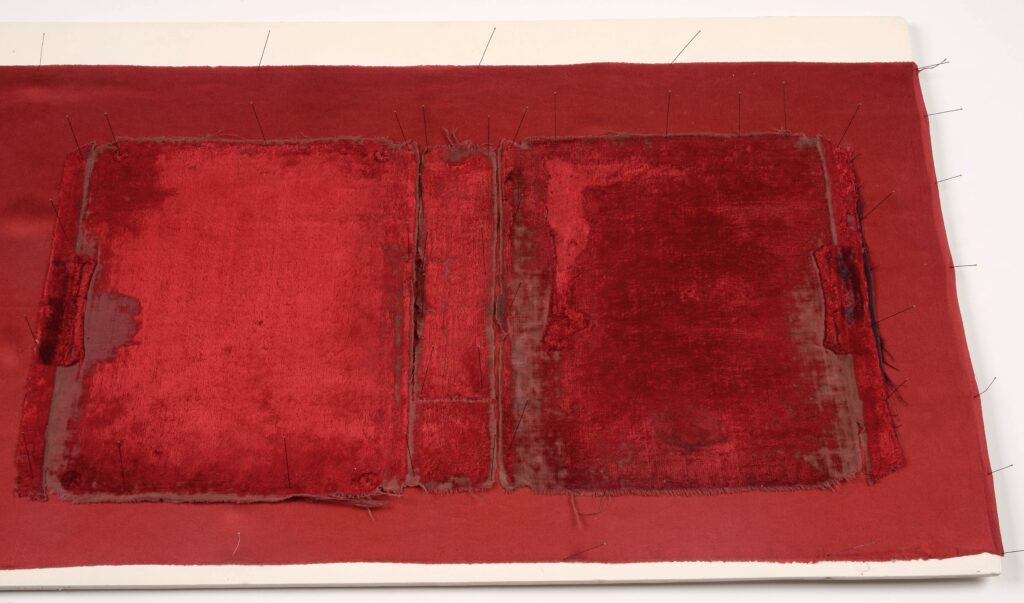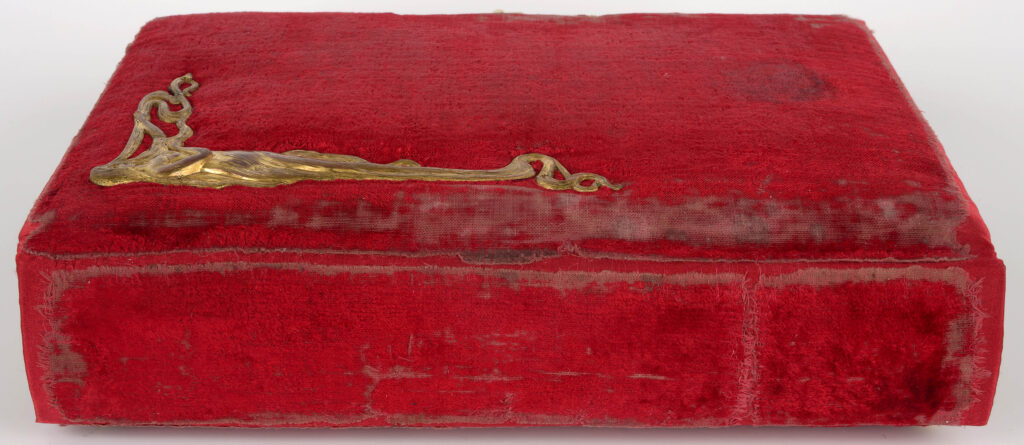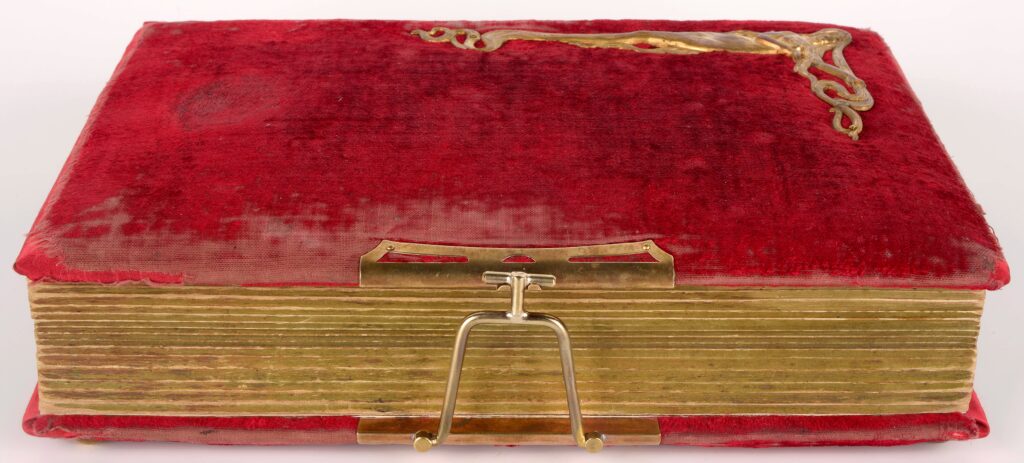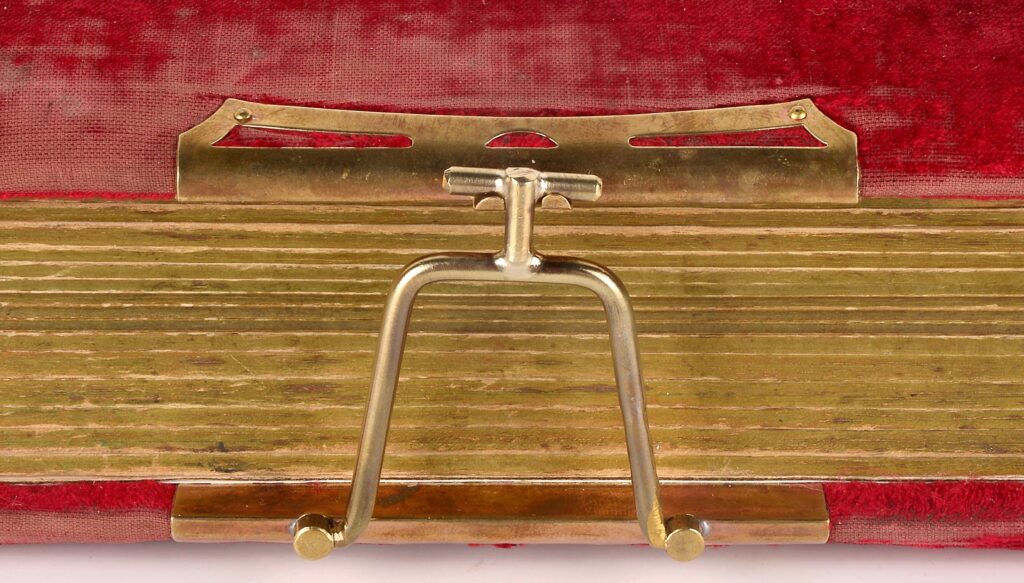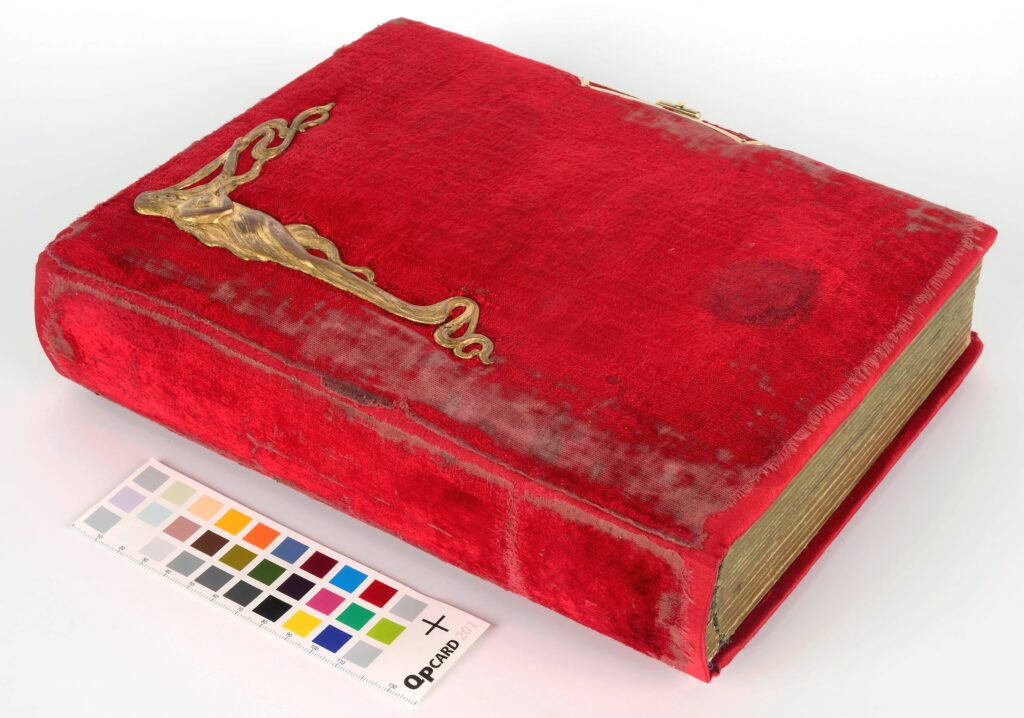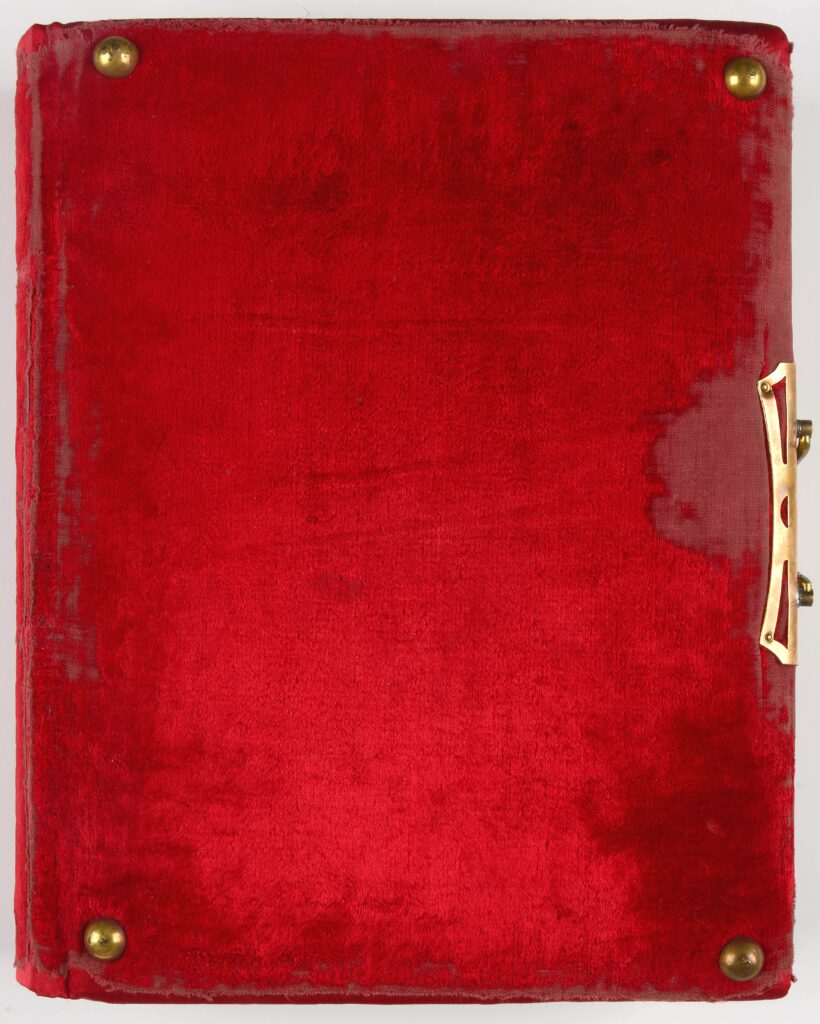Käesoleva lõputöö teemaks on Tatrikute perekonnale kuulunud fotoalbumi konserveerimine. Eelkõige oli rõhk pandud praktilisele tööle, mille eesmärgiks oli korrastada sisuplokk, leida parim lahendus, kuidas konserveerida tekstiilist fotoalbumi kaaned ning muuta fotoalbum taas eksponeeritavaks.
Teoreetilises osas on toodud ülevaatlik informatsioon albumitest, fotoalbumite VIII erinevast tüübist ning ülevaade fotode ajaloost. See annab aimu, kuidas vastavalt tehnoloogia arengule muutus ka fotoalbumite ülesehitus. Lisaks on ära toodud Tatrikute perekonnale kuulunud albumi ajalugu ning ülevaade perekonna enda elust. Neljandas osas on kirjeldatud objekti seisundit, ära on märgitud planeeritav konserveerimiskava ning antud edasi ülevaatlikult konserveerimistööde protsessi. Lisadesse on lisatud detailne tööde album ning illustreeriv fotomaterjal.
Praktilise töö eesmärk oli konserveerida fotoalbum, mis oli oodatust tunduvalt töömahukam ning aeganõudvam. Albumi konserveerimine toimus 2014. aasta märtsist kuni juunikuuni Tallinnas. Objekt koosnes mitmest erinevast materjalist, mis kõik nõudsid isemoodi käsitlemist ning vajadust konsulteerida erinevate erialade konservaatoritega. Sisuploki konserveerimistöid teostati Tallinna Ülikooli Akadeemilise Raamatukogu Baltika ja vanaraamatute säilitamisosakonnas Rene Haljasmäe juhendamisel, sametist albumikaantega tegeleti tekstiilikonservaatori Ruth Paasi käe all Ennistuskojas Kanut. Metallpanuste korda tegemisel aitas metallikonservaator Helmut Välja.
Pärast konserveerimist on köite progresseeruvad kahjustused peatatud, fotoalbum on käsitsetav ja kasutatav. Parandatud albumilehed ja kaanematerjal tagavad köite mehaanilise tugevuse ning pikendavad hoiutingimuste jälgimise korral albumi säilivust. Ennistatud sulgur hoiab suureformaadilise köite kaaned stabiilsena ja takistab tolmu juurdepääsu ploki lehtedesse. Tekstiili dubleerimine on peatanud sametkanga edasise kahjustamise. Köidet on soovitav säilitada eraldi, spetsiaalses ümbriskarbis.
Tänu lõputööle sain teada rohkem albumite tekkeloost, nende erinevatest liikidest ning kuidas on aja jooksul mõjutanud fotomenetlused fotoalbumistruktuuri. Lisaks sain juurde praktilist kogemust ning kindlasti erinevaid teadmisi konserveerimise valdkonnas. Eelkõige just kuidas käituda konserveerimisel tekstiiliga, kuna sellealased teadmised puudusid.
The aim of the thesis was a conservation of the photoalbum that once belonged to Tatrik’s family. The album was donated to the Academic Library of Tallinn University presumably between 1970’s and 1980’s. Most of the photos do not have dates marked on, so there is no knowledge when exactly did using of the album start. The first photos inside the album were made already in 1880. Considering the Art Nouveau design, the album was made in the beginning of 20th century.
The theoretical part is divided into four parts. The first part gives an overview of different types of photoalbums and the history behind it. Bookbinder/conservator Richard W. Horton has researched historical photoalbums in the USA, and divided them into eight categories. The closest relative to photograph album is scrapbook. Scrapbooks have been a common way of preserving not only photographs, but also newspaper articles, stickers, documents, pressed flowers and other three-dimensional objects. All of these features make scrapbooks and albums vulnerable to damages.
The second part is a short history of photographs for understanding how technological developments have changed the structure of photoalbums in time. For example the popularization of Carte de Visite format portraits continued with other formats, like the cabinet card. The basic design of the carte de visite album consisted of a set of pages, which had windows where the cards could be inserted. From 1850’s to 1880’s the whole industry flourished with satisfying the demand of this type of albums.
As the conservated album from the Academic Library of Tallinn University belonged to August Tatrik’s family, this study also gives an overview of his life. The last part is related to the practical work and it gives an introduction to the working process.
The main emphasis of the diploma work was on the practical part. The conservation work took place in the Academic Library of Tallinn University and in the Conservation center Kanut in Tallinn. At first the tasks were made to the binding part: the tears and losses were mended and the back was reinforced. Later on the object was moved to Kanut where the conservation work began on album’s covering material, velvet textile. The velvet was removed from the album; it was cleaned, washed and duplicated on natural silk. Other necessary conservation tasks were also performed to ensure the preservation of the binding as a whole.
This object is usable after the conservation, but handling must still be done with care. As a result, the conservated photoalbum will be handed over to the Academic Library of Tallinn University together with recommendations for further care and storage of the object.

